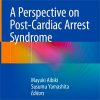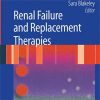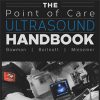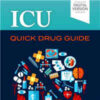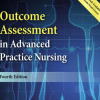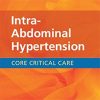Quantifying the Burden of Viral Sepsis During the COVID-19 Pandemic and Beyond
journals.lww.com
Coronavirus disease 2019 (COVID-19), the disease caused by severe acute respiratory syndrome coronavirus 2 (SARS-CoV-2), has resulted in millions of deaths worldwide and countless more admissions to hospitals and ICUs.
Since its emergence, it has become clear that the pathophysiology of severe COVID-19 involves immune-mediated damage to the lungs and other organ systems, including the CNS, kidneys, liver, heart, and endothelial system.
Consistent with the Third International Consensus Definitions of Sepsis and Septic Shock (Sepsis-3) that define sepsis as “life-threatening organ dysfunction resulting from a dysregulated host response to infection,” there is now a growing consensus that “sepsis” is an appropriate label for SARS-CoV-2–associated organ dysfunction.
However, there are a paucity of data about the epidemiology of COVID-19–associated sepsis.
Most descriptive studies of patients hospitalized with COVID-19 do not comment on sepsis, likely reflecting the common misperception that only bacterial pathogens can cause sepsis.





